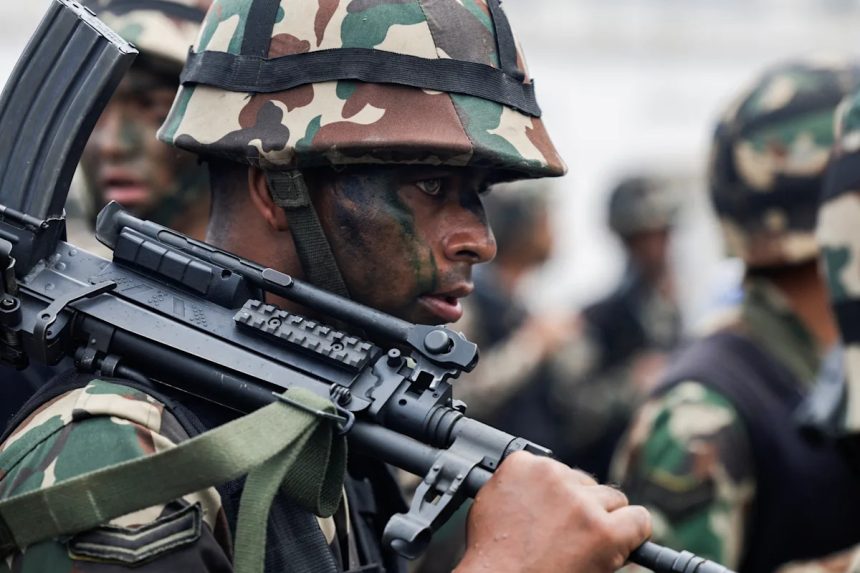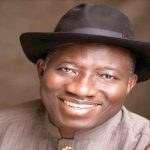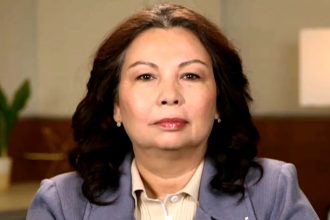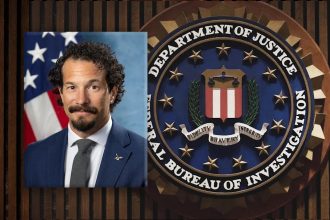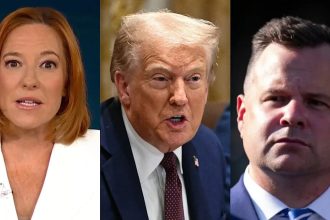Nepal’s military has taken over the streets of the capital, Kathmandu, in a bid to end two days of protests against corruption that rapidly escalated into a full-blown public revolt against the country’s political elite, culminating in Prime Minister KP Oli’s resignation on Tuesday.
At least 19 people were killed in clashes with security forces on Monday that further inflamed protesters, who on Tuesday set the country’s Parliament building on fire while also torching the homes of several prominent politicians.
On Wednesday, amid a curfew, the Nepali army ordered people to stay at home.
Yet with Oli no longer prime minister, questions about Nepal’s political future are growing, especially with the Gen Z protesters who forced his removal unwilling to settle for a replacement prime minister from the current parliament.
So who is in charge in Nepal at the moment – and what happens next?
What happened in Nepal?
Youth-led “Gen Z” protests began in Kathmandu and other cities of Nepal on Monday.
The demonstrations were against corruption scandals in the country and were prompted by rising anger online towards the children of Nepali government officials – dubbed “Nepo kids” – who document their lavish lifestyles online. The protests broke out days after the country blocked more than 20 social media sites for not complying with government rules. This ban has since been lifted.
A few hours into the protest on Monday, demonstrators broke through police barricades and entered Parliament premises. Some people defied a curfew ordered by authorities. The police ended up shooting live rounds at the protesters, killing at least 19 people and injuring more than 100.
On Tuesday, curfews were imposed in several districts of Nepal. However, protesters defied the curfew orders and set fire to government buildings, including the parliament, alongside the office of the country’s leading daily news media organisation, Kantipur Publications.
Oli, who was elected as PM for the fourth time last year, announced his resignation. Other ministers in Nepal also resigned from their posts.
Nepali ministers had to be evacuated through helicopters to protect them from the flames and mob attacks. Protesters also began to break into prisons and free inmates.
What’s behind the army deployment in Nepal?
The Nepali army was deployed after 10pm (16:15 GMT) on Tuesday.
While military mobilisation is relatively uncommon in Nepal, Bishnu Raj Upreti, a public policy analyst and research director at Nepal Centre for Contemporary Research (NCCR), told Al Jazeera that the army has been deployed in Nepal on the streets in the past.
The most prominent example of that, he said, was “during the later half of the Maoist insurgency period”. Nepal’s civil war lasted from 1996 to 2006. It began when the Communist Party of Nepal (Maoist) launched an armed rebellion against the monarchy and government. The Maoist insurgency ended with the signing of the Comprehensive Peace Accord in November 2006, leading to the abolition of the monarchy and the establishment of a federal democratic republic in Nepal two years later.
This week, as protests erupted, the army initially remained in its barracks but was called out onto the streets by President Ram Chandra Poudel after the Nepali police was unable to control the soaring agitation.
“The situation was out of control of civilian government,” Upreti said. “Hence army came into the forefront in coordination with president. It is a crisis management option.”
Before the army’s mobilisation, the chiefs of Nepal’s security forces, alongside the army, released a statement, urging restraint and peace.
The statement, originally in Nepali, says: “As coordination is under way between the relevant parties to address the situation after the protest and resolve the problem, any demonstrations, vandalism, looting, arson, and attacks on individuals and property in the name of the protest will be considered punishable crimes and strict action will be taken by security personnel.
“In addition, the Nepali Army is confident that it will continue to fulfill its respective responsibilities to maintain national unity and social harmony and normalise public life.”
Is the army in charge?
Officially, experts said, the army’s role is merely to restore order, and not to fill the administrative gap left by Oli’s resignation.
“At present, the army’s role is confined to ensuring security rather than exercising administrative control,” Yog Raj Lamichhane, an assistant professor at the School of Business in Nepal’s Pokhara University, told Al Jazeera.
In practice, though, Upreti said the army was effectively in charge of the country at the moment, because President Poudel – seen as a part of the same ruling elite that the protesters want to remove from power – lacks credibility among the Gen Z campaigners for change.
“Even if there is ceremonial president above the army, he is not accepted by the Gen-Z so he has to rely on coordination with the army,” he said. “Functionally, the army is in charge, [though] constitutionally the president is still in charge of the country.”
How and when could an interim government be formed?
Paudel and the Nepali army have called the protesters for talks on the country’s political future, with the president positioning himself as a convener of that dialogue, Lamichhane said.
But first, more than 3,200 young Nepalis are currently huddling in an online discussion on social media messaging platform Discord to debate “who will officially take part in the talks and what issues will be discussed”, said Anish Ghimre, a Nepali journalist with the Kathmandu Post, arguably Nepal’s most reputed English publication, and a part of the Kantipur group.
Some of the potential demands they could make include the dissolution of parliament, new elections within six months – or, at most, a year – and possibly, a mechanism to directly elect the prime minister. Term limits for prime ministers, and a reduced term for parliament – from five years to four – might also figure in their demands, Ghimre suggested. Like other parliamentary systems, Nepal’s voters elect their legislature, and it is the party that comes to power that chooses the prime minister.
There are currently no term limits for prime ministers, but no PM has completed a five-year term since the country adopted its post-monarchy constitution in 2008.
Who are the potential contenders to lead Nepal next?
“If the process remains within the constitutional framework,” the next PM – even if in an interim capacity – would need to come from the current members of parliament, Lamichhane said.
“However, if it extends beyond existing provisions, former chief justices are seen as potential candidates,” he said, while adding that “populist youth figures” could also emerge as contenders.
The most prominent among them is 35-year-old rapper-turned-mayor of Kathmandu, Balendra “Balen” Shah.
In comments and posts online, several Nepali social media users supporting the protests have backed Shah as the South Asian country’s next premier. Balen has supported the protests. On Tuesday, he posted on social media, urging demonstrators to exercise restraint.
Shah became Kathmandu’s mayor in 2022, winning the seat as an independent candidate. Before this, he was a musician who used his work to highlight corruption and inequality. However, Shah has also been a controversial figure – a crackdown on street vendors drew criticism from civil society leaders last year. He has also backed the idea of a Greater Nepal – with parts of present-day India included.
In recent months, Nepal’s pro-monarchy movement has also seen a revival, with sections welcoming the former king, 77-year-old Gyanendra Shah, on the streets of Kathmandu in March.
However, experts say the current protesters do not want a monarchy to be reinstated.
“The movement did not demand this, and the republic remains the fundamental framework under discussion,” Lamichhane said.


